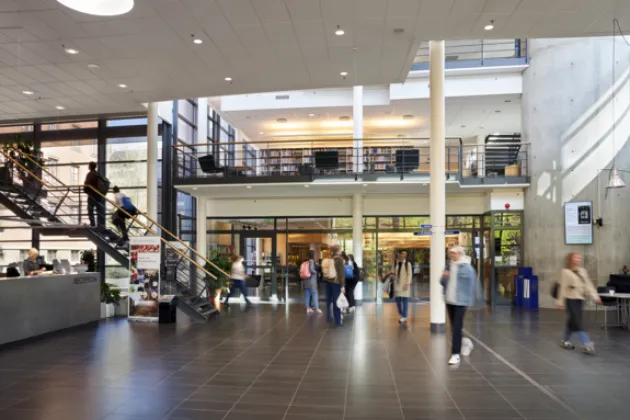The Policy is part of a larger initiative to work more proactively and systematically in both the long and short term. In addition, security guidelines are being developed, along with practical support materials to facilitate implementation in day-to-day operations. The aim is to create a common approach to long-term security management that permeates the entire organisation.
The policy covers security issues in physical security, information security, protective security, export control, personal security, chemical safety, biosecurity, radiation safety, fire safety, IT security and crisis management. All of these security areas will also be included in the systematic work on security.
“This is not just a document; this is a statement of intent from the University management. We now have a common direction and high levels of ambition for work on security,” says Chief Security Officer Jonas Midlöv.
An important principle in the Policy is that work on security is not something that is the sole responsibility of the central security organisation. Their role is to create the conditions, it is the organisations themselves that are responsible for carrying out the work, in accordance with the University’s management system. Work on security is a shared responsibility.
“We involve the organisations within the University in drawing up both guidelines and methodological support to ensure that it is applicable throughout the University. The result is to be an aid for managers, to enable them to implement the security management within their specific field of work,” says Jonas Midlöv.
One concrete example is the work on guidelines for information security, where the university-wide security service has developed materials. Through dialogue, workshops and training, these guidelines are now being tested in practice, to ensure that they are well established and well-adapted to the organisation before they are adopted.
It is also important to convey the support that is available within the University. Instead of organisations hiring external consultants, often they could turn to the University’s own specialists within the Security and Environment Division.
At the individual level, increased awareness and improved knowledge will help make Lund University safer, in both physical and digital terms.
- Download the Security Policy from LU Rules and Regulations (PDF, in Swedish)
- Read more about how the University is working on security
Any questions? Need some help? Contact informationssakerhet [at] lu [dot] se (the Security and Environment Division).


